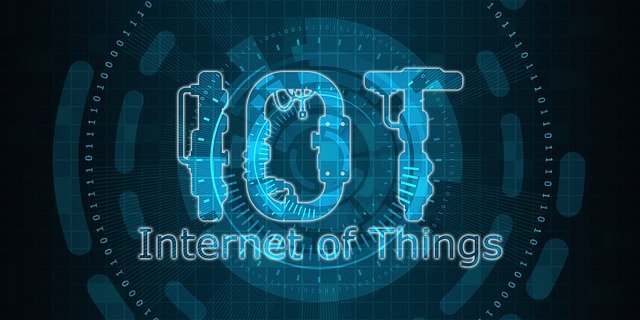Internet of Things for the Future of Smart Farming – Prof. L. P. Saikia
Emergent technologies for the agricultural IoT, such as unmanned aerial vehicles, wireless technologies, open-source IoT platforms, software-defined networking (SDN), network function virtualization (NFV) technologies, cloud/fog computing, and middleware platforms. Classification of IoT applications for smart agriculture into seven categories: including smart monitoring, smart water management, agrochemicals applications, disease management, smart harvesting, supply chain management, and smart agricultural practices. A brief idea about agricultural IoTs is being tried here to give.; highlighting open research challenges and possible future research directions for agricultural IoTs.
The four agricultural revolutions.
PHOTOVOLTAIC PANEL CLEANING AND COMPREHENSIVE UTILIZATION OF WATER RESOURCES.
According to the amount of dust accumulation, photovoltaic panels need to be cleaned in time to ensure power generation efficiency. Meanwhile, sufficient water supply is also necessary for the whole process of agricultural production to ensure soil moisture. The combination of both panel cleaning and crops irrigation (Fig. 6) can effectively improve the water resources utilization rate. In PA, the conditions for photovoltaic panel cleaning are inconsistent with the conditions for crops irrigation and livestock farm cleaning. For simplicity, most times of the day, the cleaning frequency of the panels is not synchronized with the frequency of crops irrigation and livestock farm cleaning. Note that the internet of things technology can effectively solve this problem by taking the following factors into consideration, e.g., cleaning time of the day, cleaning frequency, different water requirements in different growth stages of the crop, different water requirements of different species of crop, soil moisture, and so on. In the PAIoT, the status of photovoltaic panel power generation is monitored to
make the judgment whether to clean the panels, and the amount of irrigation water is determined based on the situation of agricultural production, both of which are considered to choose a proper time for the cleaning and the irrigation. And these intelligent cleaning tasks will be finished by the cleaning robots with high efficiency.
Intelligent cleaning and intelligent utilization of water resources.
Fault diagnosis of the photovoltaic module.
FAULT DIAGNOSIS OF PHOTOVOLTAIC MODULE AND SENSORS IN AGRICULTURAL PRODUCTION.
With the faults of the photovoltaic module being accurately detected and identified, the technology, i.e., fault diagnosis will provide effective support for the stable operation of the Photovoltaic Agricultural Internet of Things (PAIoT fig. above), especially the power grid maintenance, further providing a basis for solving the security and safety problems in PAIoT. We observed that there are three common sources of photovoltaic module faults as follows:
- Shadow: temporary shadows (e.g., snow, fallen leaves, birds.), site shadow (e.g., terrain, trees.), architectural shadows(e.g., building construction, electric towers.), and self shadow
(e.g., photovoltaic component shadow, other device shadows.);
- Equipment aging: external high temperatures cause device aging or performance degradation; the performance of photovoltaic modules is inconsistent, causing Hot Spots and
accelerating aging; the system is limited by photovoltaic components under poor working conditions; the …….
Source: https://nenow.in/science-technology/internet-of-things-smart-farming.html

